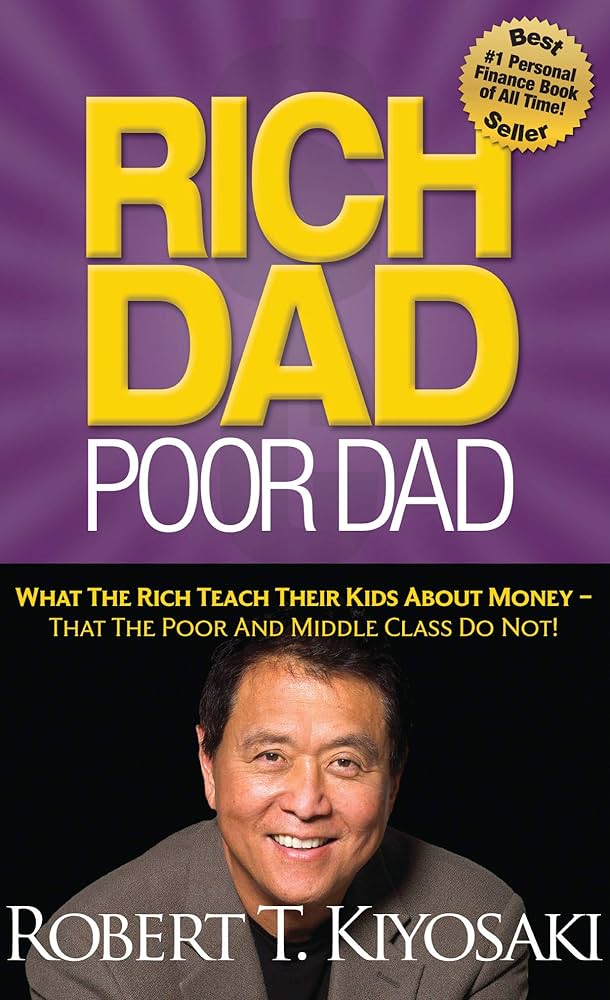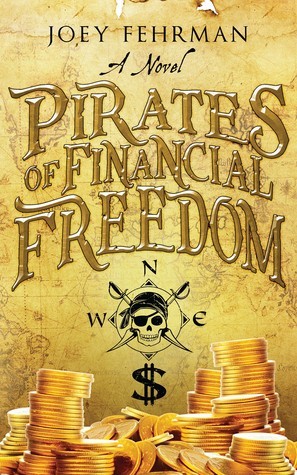
Rich Dad, Poor Dad
Book Description
Two fathers, two mindsets, and an endless battle over wealth. One preaches the safety of a steady job, while the other champions the freedom of financial education. As the contrasting philosophies clash, the quest for financial independence unfolds in a vibrant journey through debt, investment, and the secrets of the rich. Knowledge is the game-changer, but who will emerge victorious in the quest for financial freedom? Dive into a world where money works for you, and discover the pivotal lessons that could alter your destiny forever. Are you ready to break the chains of financial ignorance?
Quick Book Summary
"Rich Dad, Poor Dad" by Robert T. Kiyosaki is a landmark personal finance book contrasting the financial philosophies of two father figures in Kiyosaki's life—his biological 'Poor Dad' and his friend's 'Rich Dad.' While one advocated pursuing secure employment, the other encouraged entrepreneurship, investment, and financial education. Kiyosaki uses vivid anecdotes to illustrate the difference between working for money and making money work for you. By demystifying complex concepts like assets, liabilities, and cash flow, the book empowers readers to rethink traditional notions of wealth. The core message underlines the transformative power of financial literacy and the necessity of taking calculated risks to achieve lasting financial independence.
Summary of Key Ideas
Table of Contents
The Importance of Financial Education
Robert Kiyosaki frames his lessons through the lens of two influential figures: his own highly educated but financially struggling father (the "Poor Dad"), and his friend's wealthy, shrewd father (the "Rich Dad"). Each represents a common mindset toward money—one promotes academic achievement and job security, while the other stresses the value of understanding how money works and building wealth through investments and entrepreneurship. By comparing their perspectives, Kiyosaki reveals the limitations of traditional education in preparing individuals for financial success.
The Difference Between Assets and Liabilities
A significant core of the book lies in distinguishing between assets and liabilities. While most people believe home ownership and salary increases are the keys to wealth, Kiyosaki argues that real assets—such as investments, real estate, and businesses—generate income and build wealth over time. Conversely, liabilities, which may appear to be assets, actually drain resources. By consistently acquiring income-generating assets and minimizing liabilities, individuals can escape paycheck-to-paycheck living and set themselves on the path of financial freedom.
Making Money Work for You
Kiyosaki challenges readers to rethink the conventional notion of working for money. Instead, he encourages making money work for you by developing streams of passive income and investments. This shift in mindset is vital; those who only rely on earned income from employment are often trapped in a cycle of financial dependency. In contrast, the financially educated use their knowledge to leverage opportunities, invest wisely, and grow their wealth, securing a more stable financial future.
Escaping the Wage-Earning Mentality
The book highlights how the belief in job security and the fear of financial risk restrict entrepreneurship and wealth-building. Kiyosaki presents the idea that genuine opportunities lie outside the safety net of salaried work. Through stories and examples, he demonstrates how taking calculated risks, learning from failures, and seeking opportunities are essential to escaping the endless cycle of working for money. The willingness to embrace uncertainty separates successful wealth builders from those who remain financially dependent.
Taking Action and Embracing Risk
Finally, Kiyosaki stresses the need for action and cultivating a proactive attitude toward financial goals. Financial independence is not achieved through passive hope, but through continuous learning, seizing opportunities, and daring to challenge the status quo. The book concludes by urging readers to study financial trends, adopt entrepreneurial thinking, and, above all, invest in their own financial education as the most potent tool for breaking free from financial limitations and achieving lasting prosperity.
Download This Summary
Get a free PDF of this summary instantly — no email required.





